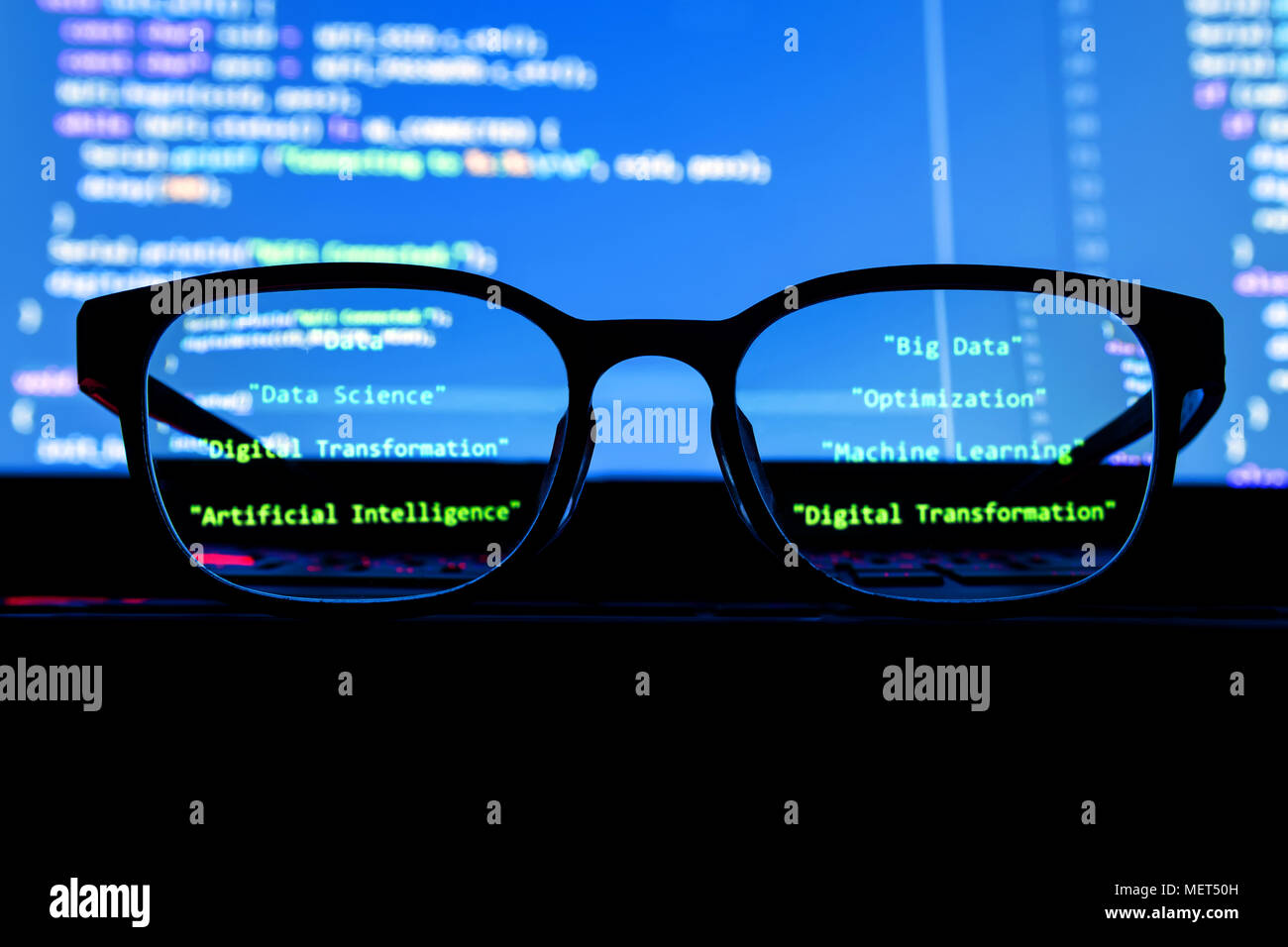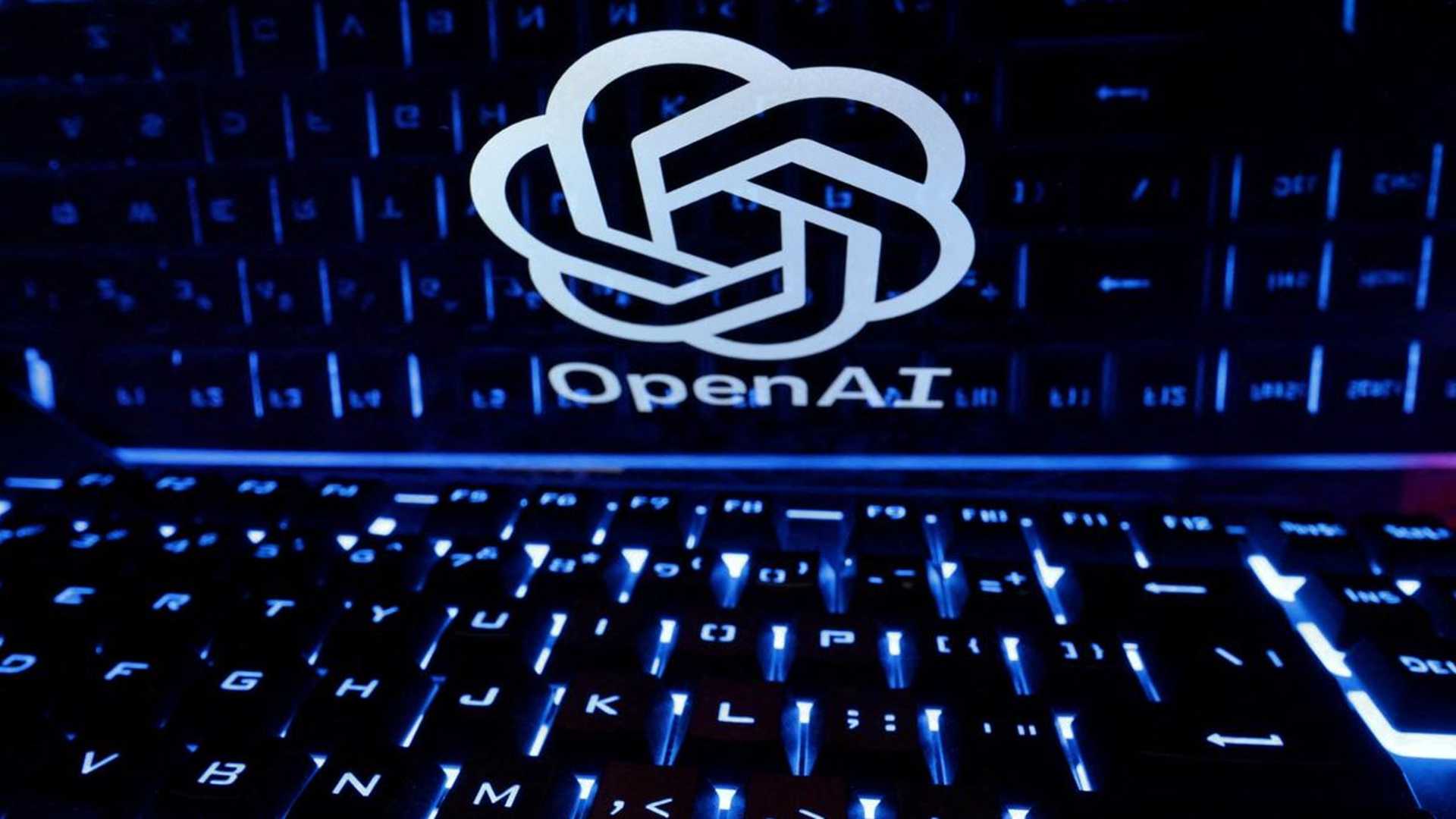Tech fix: Hey AI, let's talk
A pair of glasses from Meta can now capture moments with just a command, "Hey, Meta, take a photo." This innovative technology is just one example of the recent advancements in artificial intelligence (AI) that are transforming how we interact with devices. From translating languages in real time to engaging with virtual assistants, AI is changing the way we communicate with technology.
The Evolution of Voice Assistants
In the past year, we have witnessed significant improvements in voice assistant technology. OpenAI's ChatGPT chatbot now responds with spoken words, and Google has introduced Gemini as the latest voice assistant for Android phones. These advancements signal a new era for voice assistants, promising a more seamless and intuitive user experience.

Despite the progress, many people still harbor reservations about using voice assistants in public. Studies have shown that a large portion of the population has never used voice assistants like Amazon's Alexa, Apple's Siri, and Google's Assistant. The stigma of speaking to a device in public remains a barrier to widespread adoption.
The Rise of Generative AI
New voice assistants are powered by generative artificial intelligence, enabling them to understand context and engage in more natural conversations. Unlike older voice assistants that relied on predefined commands, these new AI systems can interpret requests and provide relevant answers. This advancement marks a significant leap forward in the capabilities of voice technology.

Generative AI has addressed many longstanding challenges in speech recognition, making voice assistants more adept at understanding spontaneous speech. With the ability to decipher complex queries and offer helpful responses, these new AI systems are paving the way for a more conversational interaction with technology.
The Future of Voice Technology
While the potential of AI assistants is promising, there are still obstacles to overcome. Issues such as hallucinations and inaccuracies in responses pose challenges to the widespread adoption of voice assistants. Moreover, the practicality of using voice commands in public settings remains a concern for many users.

Despite these challenges, experts believe that voice technology will continue to evolve and play a crucial role in our daily lives. As AI systems become more sophisticated and intuitive, the prospect of conversing with devices in various scenarios becomes increasingly feasible. While the road to widespread acceptance may be long, the future of voice assistants appears to be bright.
Embracing the Future of Voice Interaction
As we embrace the possibilities of voice technology, we are entering a new era of human-computer interaction. From simplifying everyday tasks to enhancing productivity, voice assistants have the potential to revolutionize how we engage with technology. While there may be challenges ahead, the benefits of a more intuitive and seamless user experience are bound to outweigh the initial hesitations.
So, the next time you find yourself hesitating to talk to your device in public, remember that you are not alone in navigating this new frontier of communication. With each advancement in AI technology, we move one step closer to a world where conversing with computers is not just commonplace but essential.
Powered by Hocalwire




















